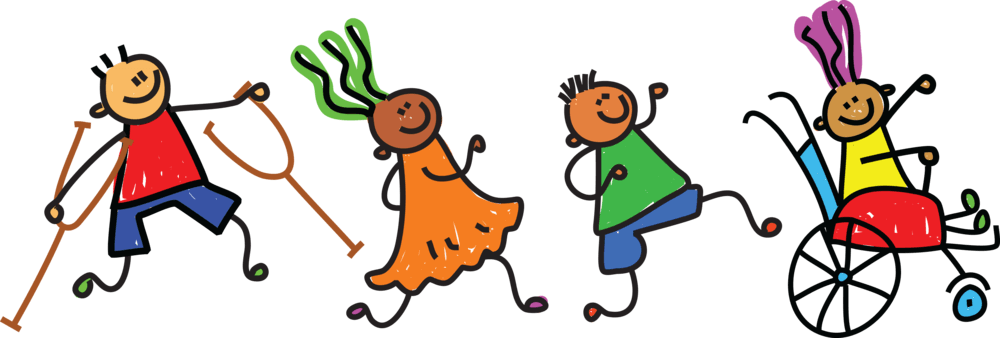
If you are not part of the solution…
|
Together we can raise our voices and bring issues about inclusion to the forefront. Together we can organize and take action to make change happen. You have the power to make a difference!
Whether you think you can, or that you can’t,
you are usually right
~Henry Ford ~
THE TIME TO DO SOMETHING IS NOW!
Poor supports and services; unqualified teachers and staff; lack of training; lack of funding; lack of assistive technology; physical, social, and attitudinal barriers are not acceptable! We know what the struggles are for equal access and opportunities in education, employment, housing, and community. We know it is possible and probable that all children and adults can be welcomed, embraced, supported, and accommodated in our communities. We know the real issues are the barriers created by written and unwritten policies and procedures that treat students and adults with disabilities as second-class citizens. We need to let the world know loud and clear – this is not acceptable! We’re not gonna take it!
What Can You Do?
Do something! Every effort leads to change. This is a process, not a once-and-done event. Keep your efforts going and encourage others in the community to join you!
-
-
Get Involved in schools.
- Insist that student’s with disabilities are a part of every decision for all students
- Ask to join the district’s strategic planning committee and/or action teams
- Start an inclusive education committee.
- Create a loaner library with inclu
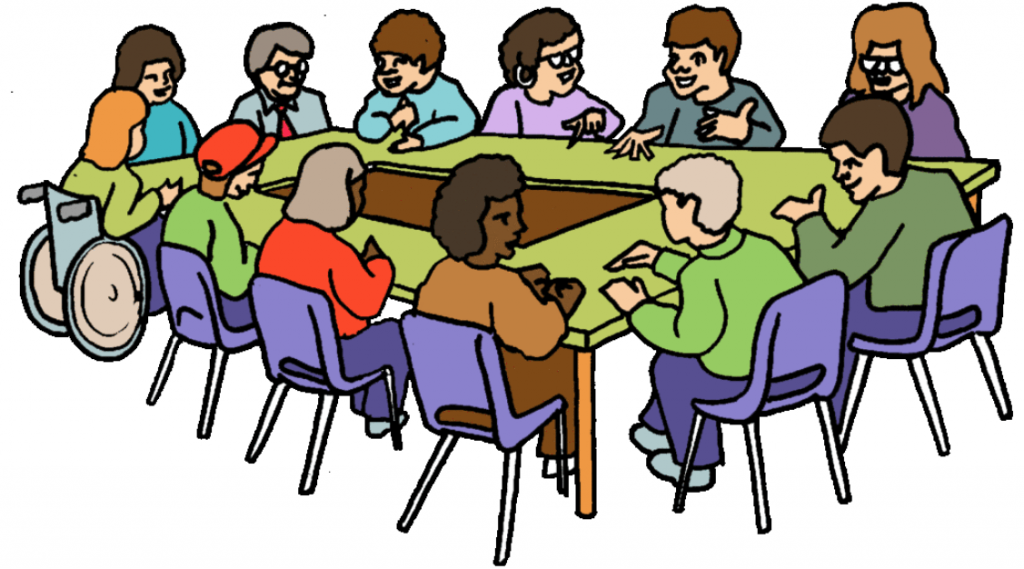 sion information and materials.
sion information and materials. - Network with other families of children with and without disabilities.
- Attend school board meetings, provide suggestions and informational materials.
-
- Provide handouts
- Suggest teacher in-service topics that support inclusion.
-
- Meet regularly with whoever in the district will listen – superintendent, teacher, guidance counselor, etc.
- Work with the PTA on promoting inclusion and sharing information
- Make sure people with disabilities are a part of diversity lessons and celebrations
- Bring in speakers about inclusion and diversity
- Encourage assemblies, entertainers, and performances that demonstrate diversity
- Write and/or meet with state and federal directors of general and special education
-
-
-
Write, call and/or visit your local, state, and federal legislators regularly.
- Let them hear your personal stories. Thank them for their help. Let them know you are a voter!
- If they receive as little as 20 or more contacts about an issue, it will get attention.
- Imagine if inclusive education and community were the attention of every legislator! We can do this!
- Since so few people write, one letter is considered to represent thousands of opinions
- Get involved in drafting, commenting, and contributing to legislative proposals on education
- Your experience is expertise, you can provide policymakers relevant information Sign/start petitions demanding action!
-
-
-
Share inclusion success stories with parents, professionals, and the community.

- Talk at Early Intervention meetings – help them envision the possibilities for school
- Join Federal, state, or local Interagency Coordinating Councils
- Attend conferences, network, and join planning committees
- Participate in Right to Ed Task Forces or Monitoring committees (ensuring schools provide appropriate special education services) and Special Education Advisory Panels
- Write stories for newsletters, newspapers, websites, or other media (not just disability)
- Share success stories around Inclusive Education, strategies, and use of assistive technology
- Start a positive inclusion support group based on how-tos, not a disability!
-
-
-
Support people with disabilities in sharing their own experiences and stories
- Provide opportunities for students with disabilities to speak for themselves
- Support adults with disabilities to be involved in the schools and legislation
- Contact and support your local Center for Independent Living
-
-
-
Share inclusion facts and information
- Children with every type of disability have been successfully included
- Clearly define what inclusion is and the how-tos.
- Examine the costs of inclusion and the long-term benefits
- Research the number of students in segregated classes in your schools
- Discover the long-term outcomes of segregated classes
- Find where inclusion is working in classes, schools, and districts.
- Dispell myths about people with disabilities
- Debunk myths about inclusive education and IDEA.
-
-
-
Join disability rights organizations and activities to promote inclusion
- Sign petitions – Urge others to
- React to Action Alerts – Urge others to
- Participate in protests or other actions to create positive change.
-
-
-
Make a difference in your own community
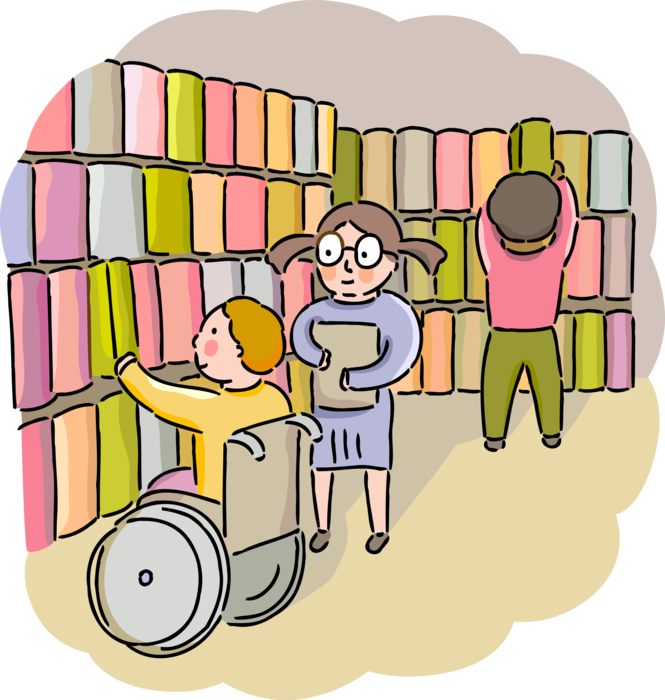 Call attention to inaccessibility
Call attention to inaccessibility
- Plan community events and public spaces to meet diverse needs.
- Speak out against ignorance
- Make suggestions for inclusion materials at your local libraries.
-
-
-
Speak or suggest speakers for organizations and events to spread the word about
- Rotary Clubs, Lions, Kiwanis, etc
- PTA’s
- Church Groups
- Suggested speakers
-
- Parents of children who are included
- Students included
- Adults with disabilities inclusion
-
-
-
-
Model inclusive practice
- Parents can invite children with and without disabilities to activities in their homes.
- Families can welcome people with disabilities in their activities and homes.
- Share information about why you are including your child and what the vision is.
- Involve people with disabilities in your community; invite them to participate in all aspects.
-
- Councils, boards, advisory, and planning committees.
- Community events such as festivals, shows, expos need to be accessible and utilize people with disabilities in planning, implementing, entertainment, etc.
- Portray positive images of people with disabilities
- Insist that recreation and environments are designed for all people.
-
-
-
-
Promote disability sensitivity and awareness
- Promote and use People First Language
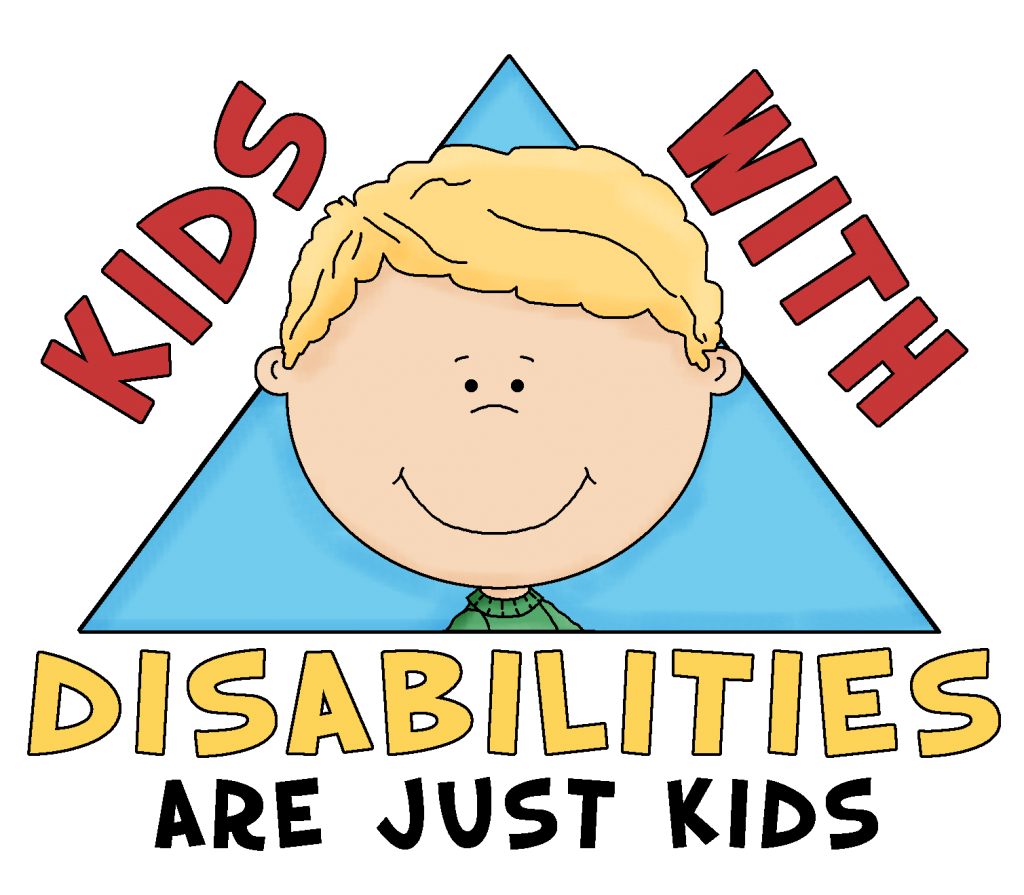 Share guidelines for writing and reporting about people with disabilities.
Share guidelines for writing and reporting about people with disabilities.- Promote inclusion with t-shirts, bumper stickers, cards and more The Parent Side
-
-
-
Fight injustice
- Speak out when your child or another is devalued
- Share horror stories so they are not repeated and others are aware of the issues
- Write to federal and state legislators, education offices, disability and discrimination organizations.
- File Due Process, make formal complaints and bring issues up to state and federal offices
- Take Action!
-
-
-
Enlist others- This is not a disability issue, it is a social and educational issue
-
- Get family, friends, and neighbors involved
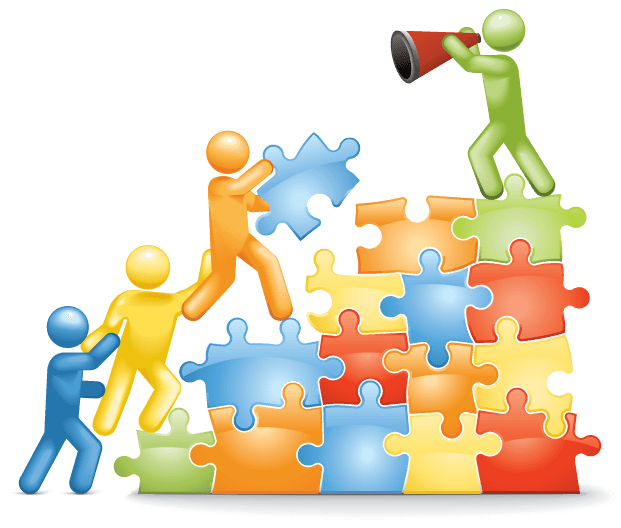
- Ask your church or community group to become active
- Work with other groups interested in improving education and community for all children and adults with disabilities.
- Work with other groups interested in children’s and community issues.
- Get family, friends, and neighbors involved
-
-
-
- Participate in advocacy and leadership training
-
- Partners In Policymaking – Courses in states
- Centers for Independent Living
- Parent Advocacy / Support Groups – (Check blue pages in the phone book)
- Parent Training Information Centers
- Disability Rights Organizations
- Wrights Law – Special Education Advocacy online
-
- Participate in advocacy and leadership training
-
-
Know the History… (What they don’t teach you in school)
- Hitler’s Unwanted Children (pdf)
- Parallels in Time: A History of Developmental Disabilities
- Human Experimentation: Before the Nazi Era and After
- The Horrifying American Roots of Nazi Eugenics
- Image Archives on American Eugenics Movement
- Secret US Human Biological Experimentation
- Promoting Eugenics in America
- The Lives They Left Behind: Suitcases from a State Hospital Attic
- A Brief History: Attitudes and Treatment of People with Disabilities
-
-
-
The Present…
- Peter Singer and Eugenics
- Hate Crimes Against People with Disabilities
- IQ Test: Where Does It Come From and What Does It Measure?
-
-
-
Acknowledge good things
- Write thank-you’s, give awards, support good efforts
-
What Are The Problems?
-
-
- Appropriate supports and services are most often not available in general education classes
- Students with disabilities are not considered in decisions that affect all students
 Teacher preparation does not adequately address the inclusion of students with disabilities
Teacher preparation does not adequately address the inclusion of students with disabilities- Paraprofessionals are not trained in inclusion
- Funding is used as a reason for not identifying and appropriately supporting a student’s needs
- Disability is not considered when teaching about diversity
- The separation between general and special education — two systems
- Lack of accountability and failure to collect data objectively
- Laws being disregarded for students with disabilities
- Policies and procedures that ignore students with disabilities
- Parents not informed about the possibilities, laws, and rights
- Staff, parents, administrators, government, and school boards uninformed about inclusion
- Universal Design is rarely recognized or considered
- Low or no expectations for students with disabilities
- Stereotyping by label and categorical placements
- False perceptions that “children” must be ready, instead of classes being ready for students
- Lack of Assistive Technology, related services, and information
- Little to no local interagency collaboration
- Best practices for people with disabilities is not brought into the general classes
-
What Do We Envision?
-
-
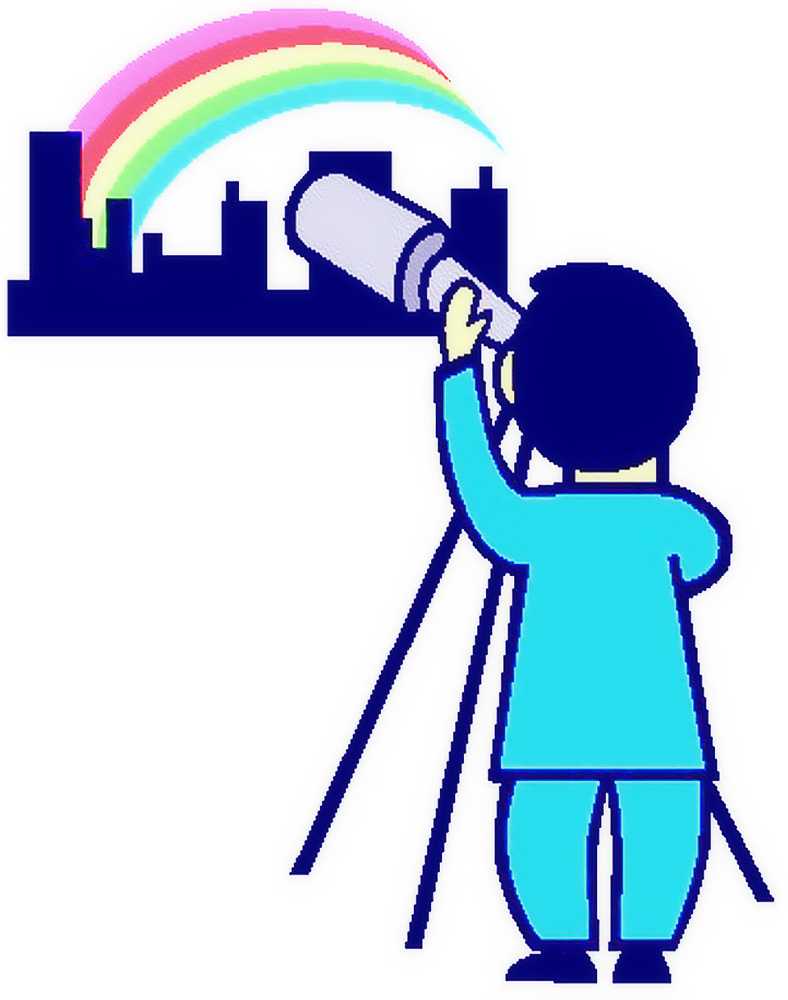 An educational system that provides equal access and opportunities for all students.
An educational system that provides equal access and opportunities for all students.- A system that does an ongoing reflection of how “it”, and the people in it, can change to better meet all student’s needs by adjusting the learning environments, teaching strategies, positive behavioral supports, and technology.
- One educational system where special education is a supporting part of education and not a separate system.
- The federal law, Individuals with Disabilities Education Act, is actually implemented and people are held accountable with direct repercussions if they fail to implement IEP’s, provide FAPE or appropriate supports and services.
- Children come first, and children with disabilities are considered part of “all children” and are considered in all decisions about education.
- Schools that understand best practices for people with disabilities and help children reach their potential by utilizing their abilities.
- Children with disabilities are expected to be educated with their peers, and schools, parents, and the community understand how inclusion works and how it benefits all children and society.
- Everyone working as a team and the bottom line is utilizing solution-oriented approaches for planning each child’s success.
- No child left behind really means no child left behind and no child left out.
-

